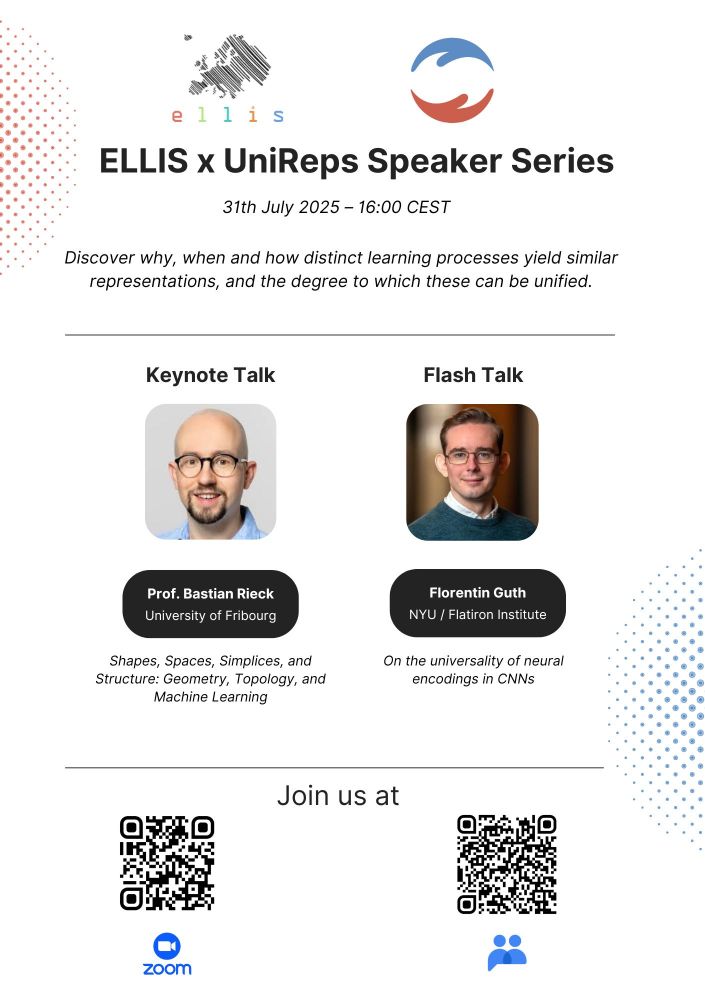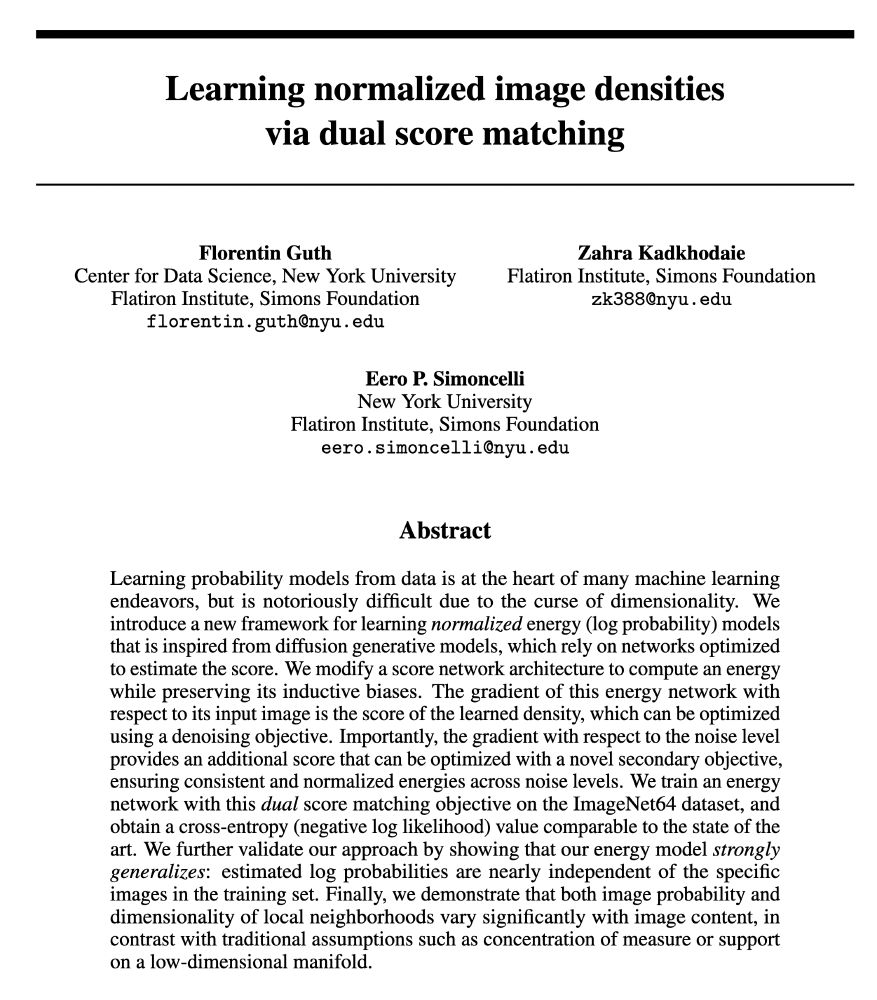Florentin Guth
@florentinguth.bsky.social
160 followers
110 following
17 posts
Postdoc at NYU CDS and Flatiron CCN. Wants to understand why deep learning works.
Posts
Media
Videos
Starter Packs
Reposted by Florentin Guth
Reposted by Florentin Guth
UniReps
@unireps.bsky.social
· Jul 10
Florentin Guth
@florentinguth.bsky.social
· Apr 10
Reposted by Florentin Guth
Sam Power
@spmontecarlo.bsky.social
· Apr 10
Florentin Guth
@florentinguth.bsky.social
· Apr 10
Reposted by Florentin Guth
Reposted by Florentin Guth









